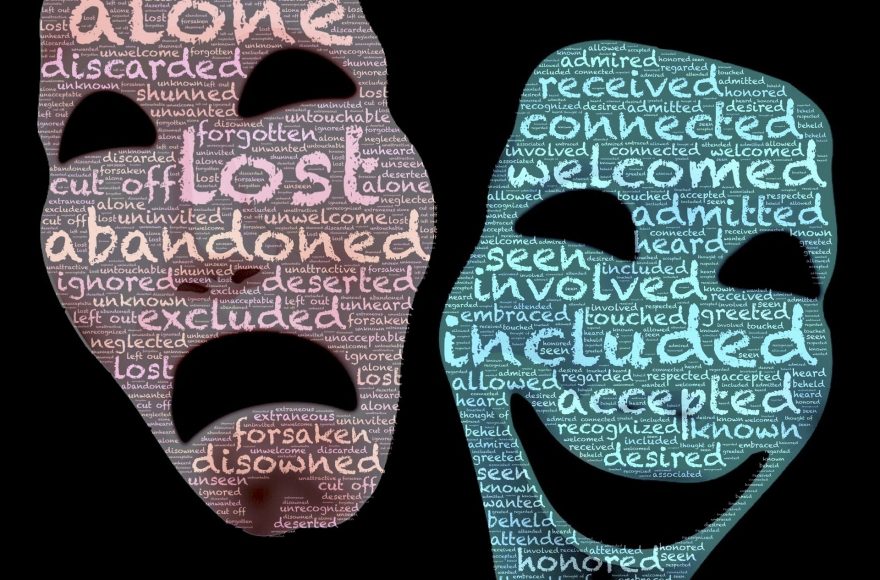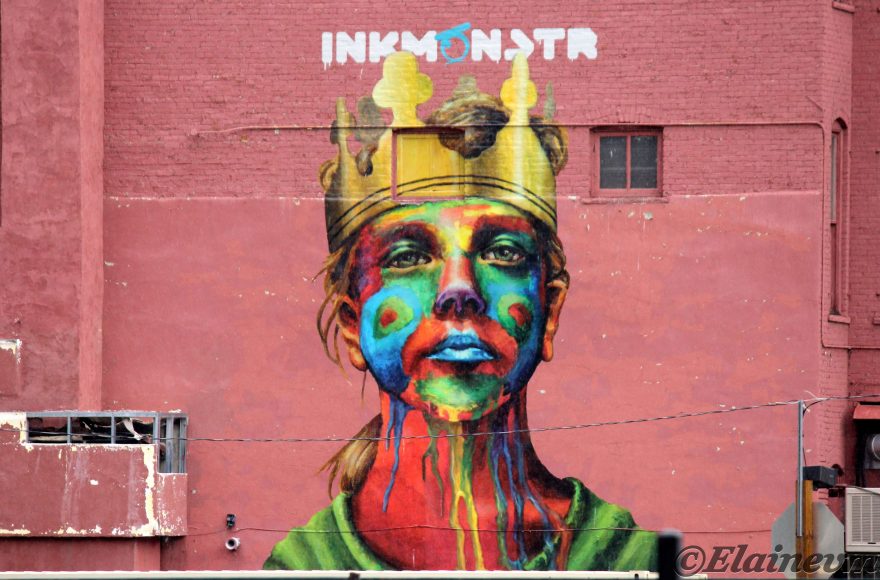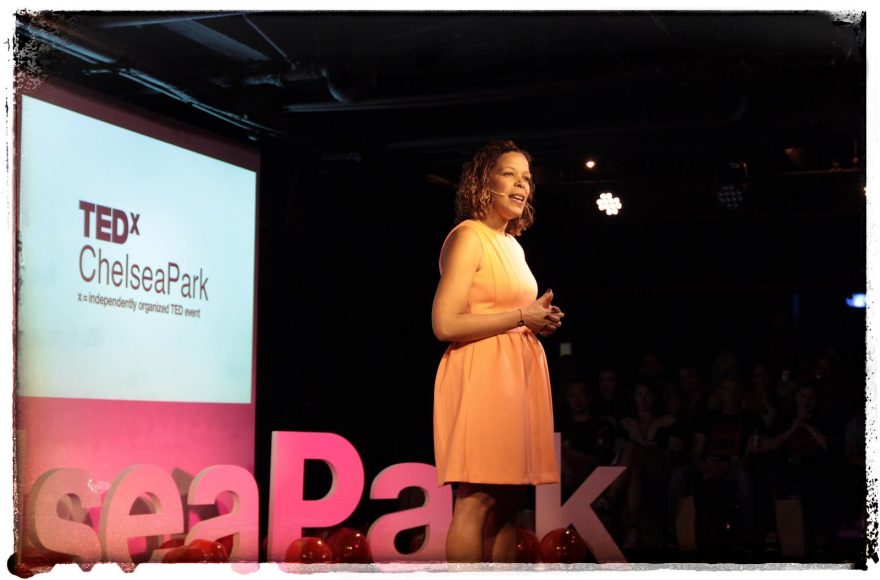The world is changing around us, and the so-desired digital transformation we all pleaded for in past years came as a massive wave this year. We had to take action overnight and leverage digital technologies to remodel processes and allow our users to connect in a better way.
As the shift continues, I find it necessary to pause and remember that the technologies we all use are not the main engine for this transformation. The main engine is the people behind it. As CIOs, we must take a leadership role not only to reduce work complexity but, even more critically, develop behavioral norms around empowerment and collaboration.
A recent survey of 1,789 full-time employees conducted by BetterUp concluded that:
• Employees with a strong sense of belonging perform better.
• Employees with a strong sense of belonging are less likely to leave their company and more likely to recommend their workplace to others.
• Employees with a strong sense of belonging show up for work more, taking fewer sick days than their counterparts who feel excluded.
• Belonging impacts financial performance and profitability.
This Covid-19 pandemic has created divisions for individual employees who were not long-time members of the teams. Employees who already had strong bonds with their peers are finding ways to stay connected virtually. Still, new employees and minority groups who were not part of any groups find it extremely difficult to feel that they matter and belong. I experienced this recently when we hired a new employee after the pandemic started, and we needed to arrange for him to go into the building and become familiar with the physical space to ensure he had enough to contribute during team meetings. He was then able to chime in more often and share his recommendations on better arranging our classrooms and media venues.
In past years, I put almost all of my efforts into identifying the tools and processes needed to promote diversity and inclusion in the workplace. I have talked endlessly and coached my managers on the importance of a fair hiring process, but the most significant impact in promoting diversity and inclusion came only after my focus shifted more into including “belonging.” I realized that real inclusion could not exist if individuals feel that they do not belong. A year ago or so, I started to shift my awareness and implemented the following measures:
1. As a leader, I came into every room and every meeting sharing exactly how I felt and the challenges I was facing. This helped me create psychological safety and allowed my team to share their challenges, knowing no one would judge them.
2. I focused on creating a sense of community. Right after the pandemic, I took advantage of the Microsoft Teams application and started creating informal teams. This allowed my staff to share nonwork-related posts, and we began to see a ton of baby and pet pictures, which I loved. The team shared their weekend adventures and even challenged each other with riddles and puzzles for us to solve.
3. Accountability was a significant part of making this all stick together. I could never say, “We are all in this together,” because we are not. I have a large home with a backyard, and I don’t have children to care for (even if my dog Nola would object to that). I shared how different our lives were and how difficult this pandemic time must be for those who live in small apartments and split their time caring for young ones or elderly parents.
4. Awareness surrounded my decisions. I was more mindful of individuals who collaborated on projects and those who always seemed to be left out. I secretly marked on a piece of paper everyone who spoke at meetings and made an effort to ask anyone who didn’t talk to share their thoughts in the end. Additionally, it is equally essential to allow for the first 10 to 15 minutes of a meeting, if possible, to ask the team members about their well-being and to let them catch up with one another.
Large companies like LinkedIn and Johnson & Johnson already started to include belonging in their strategy to retain new talent. Other companies are recruiting diversity, inclusion and belonging, or DIB leaders to take them to the next level, giving me hope. I know from personal experience that only after I felt a sense of belonging in my current work is when I confidently spoke up, shared my ideas and fully contributed. As Steven Huang shared in this recent SHRM article: “All three of these concepts: belonging, diversity and inclusion, are inextricably linked and need to coexist to create the best employee experience possible.”
Inclusion is an action, but belonging is a feeling. As CIOs, we must ensure our team members feel that they matter the same way we do. I dream of the day when we move beyond having diversity into actually using diversity to continue to drive success and innovation. We are definitely getting closer, and it is on all of us not to lose momentum.
This article originally appeared on Forbes and has been republished with permission






1 comment